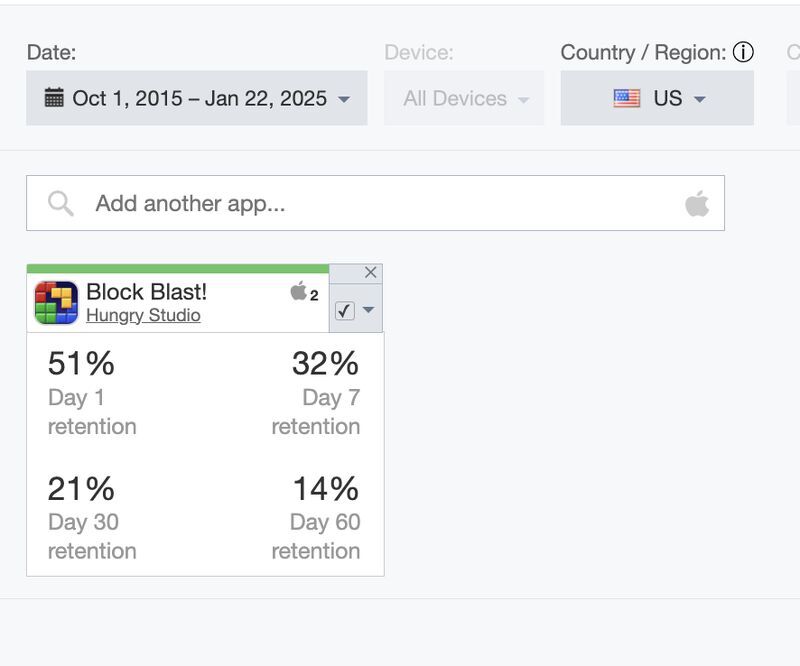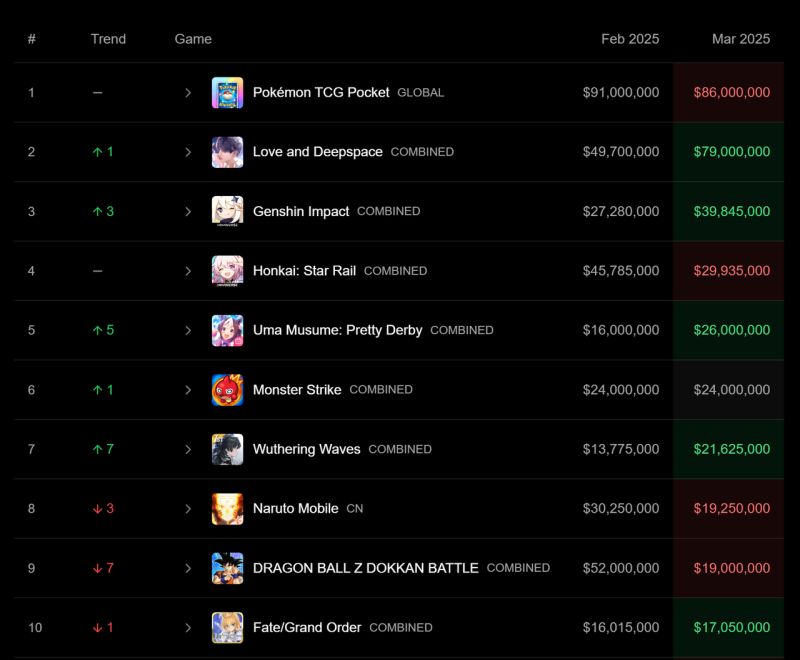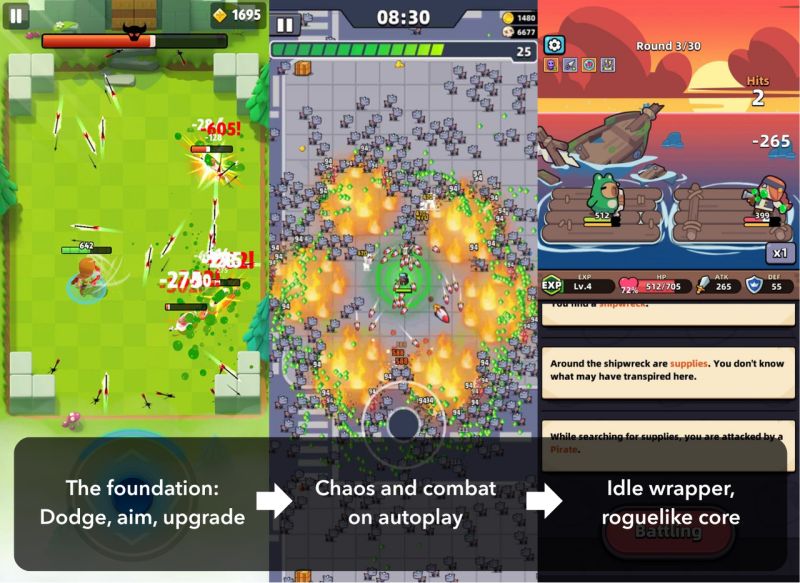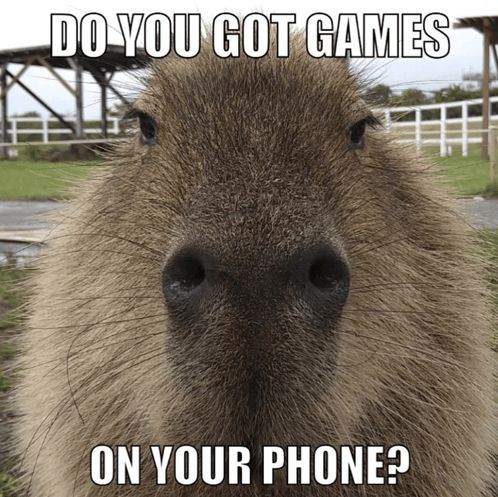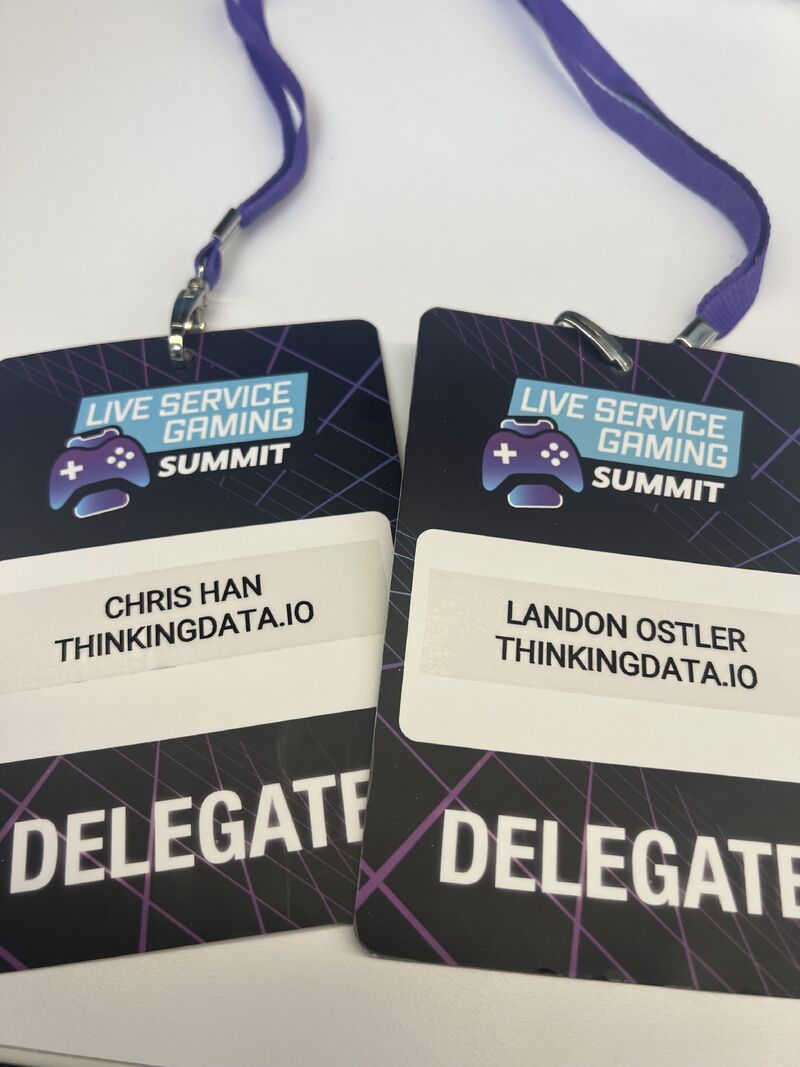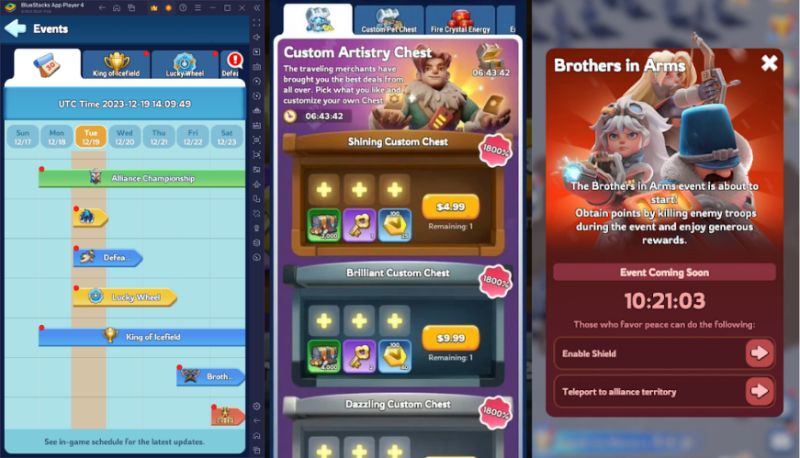What keeps players coming back?
Retention is the ultimate test for any mobile game, but some studios seem to have cracked the code.Take Block Blast, a title we’re proud to work with at ThinkingData: it consistently outperforms industry averages for retention.Retention benchmarks (Sensor Tower):D1: 51%D7: 32%D30: 21%D60: 14%Most casual games struggle to reach 5–10% retention by Day 30, making Block Blast’s performance impressive.Here’s how they do it:1️⃣ Data-driven development + A/B testingEvery part of the player journey, from onboarding to in-game events, is tested. Features, UI tweaks, and reward systems are evaluated to see what truly drives engagement.2️⃣ Dynamic difficulty adjustmentBlock Blast adapts in real-time to player skill, keeping challenges balanced and engagement high during the critical first week.3️⃣ Smart monetization strategiesRetention isn’t just about keeping players happy, it’s about keeping them invested. Thoughtful in-game offers, rewards, and ad integration strengthen engagement without disrupting the […]


